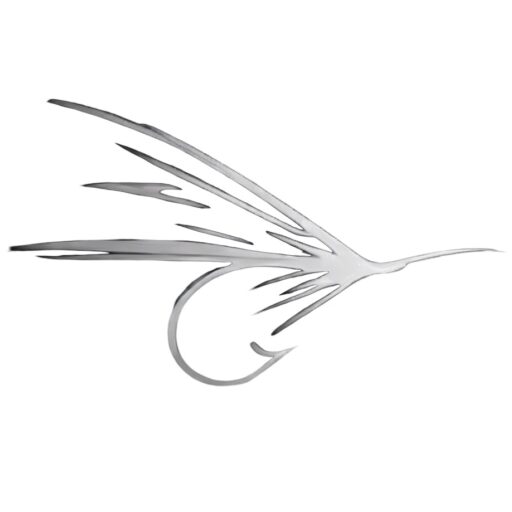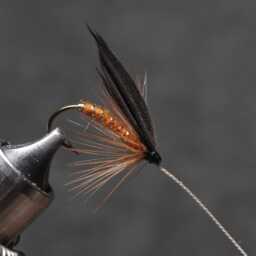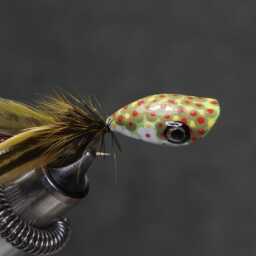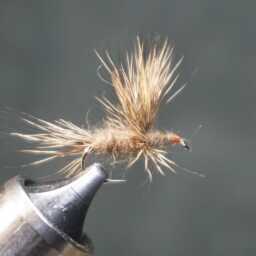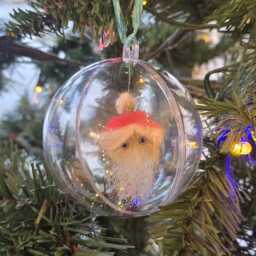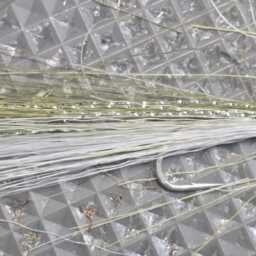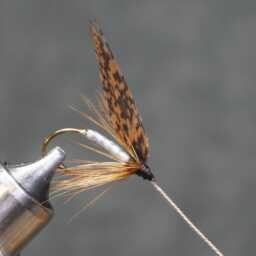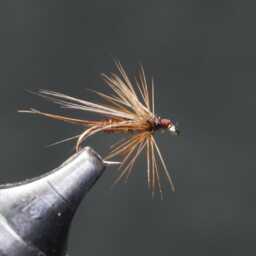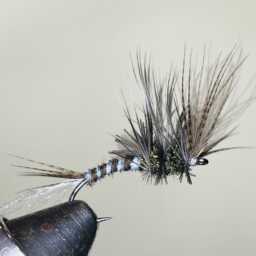Canada goose wing feathers, especially the primary ones, are valuable in fly tying. The “quills” of primary feathers are popular for wings and wing cases, while the short barbs on the leading edge are used for tails, segmented bodies, and wings in nymph patterns.
In summary, the Canada goose is a widespread and adaptable species, facing both admiration and concerns due to its success in various habitats and interactions with humans.
The Canada goose (Branta canadensis), also known as the Canadian goose, is a large wild goose native to the arctic and temperate regions of North America. During migration, it can be found in northern Europe and has been introduced to various countries, including France, the United Kingdom, Ireland, Finland, Sweden, Denmark, New Zealand, Japan, Chile, Argentina, and the Falkland Islands.
Extremely adaptable to human-altered areas, Canada geese have breeding colonies in urban and cultivated habitats, leading to concerns about their pest status due to issues such as excrement, crop depredation, noise, aggressive behavior, and habit of stalking and begging for food.
Distinguishing features include a black head and neck with a white “chinstrap,” making it unique among goose species. There are seven subspecies, varying in size and plumage details, but all identifiable as Canada geese. Some exhibit a leucistic variety with a pepper-spotted or brown neck.
In terms of size, Canada geese range from 75 to 110 cm in length, with a wingspan of 127–185 cm. The males typically weigh 2.6–6.5 kg, while females are slightly lighter at 2.4–5.5 kg. The largest subspecies is the giant Canada goose (B. c. maxima), and the smallest is the lesser Canada goose (B. c. parvipes).
Their vocalizations, including the honk and hrink calls, serve various communication purposes. When agitated or defending territory, Canada geese emit a high-pitched hiss.
« Back to Glossary Index